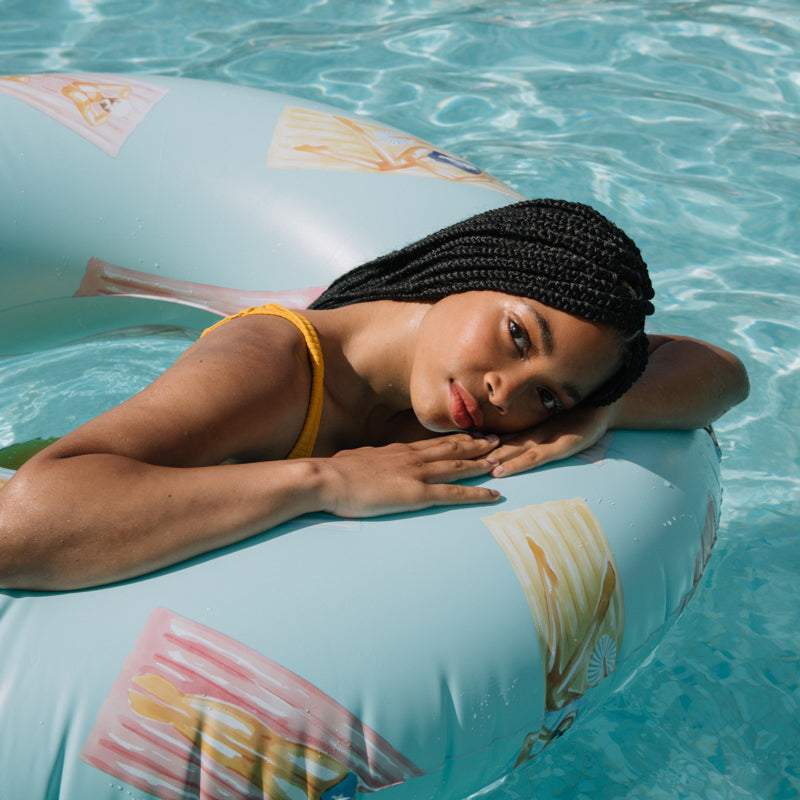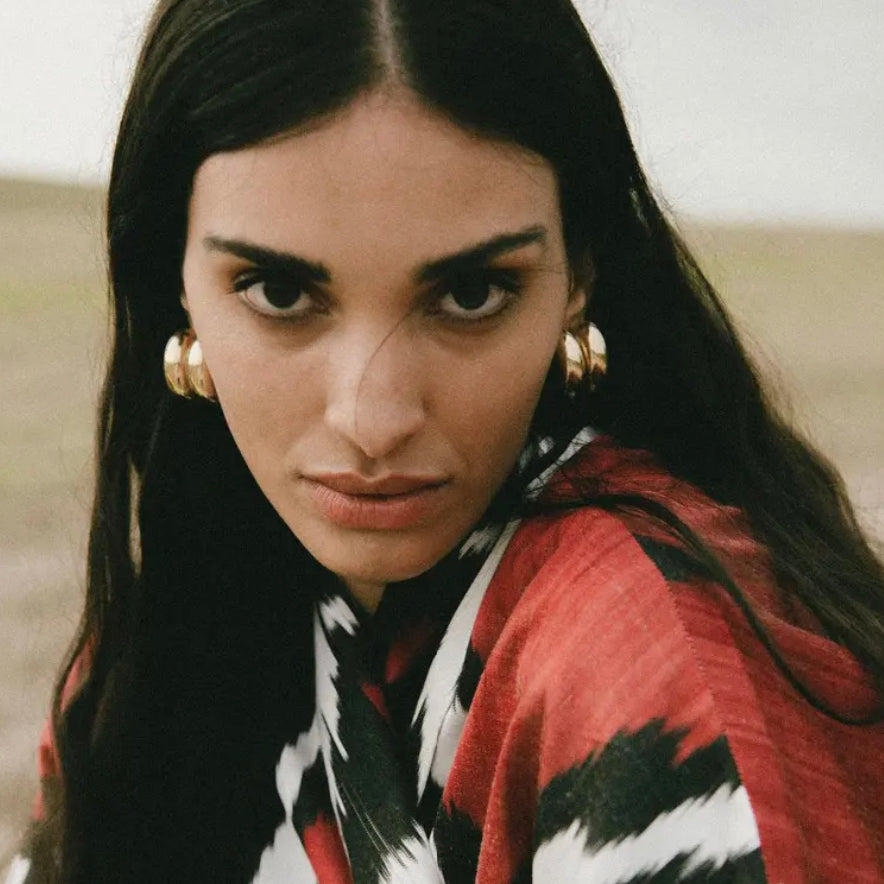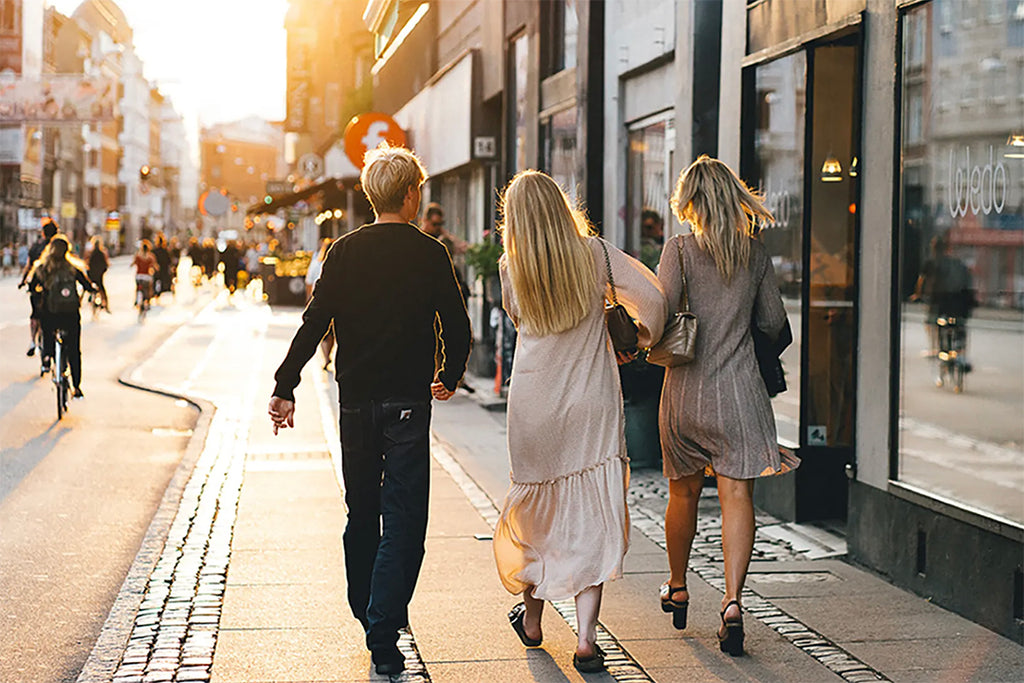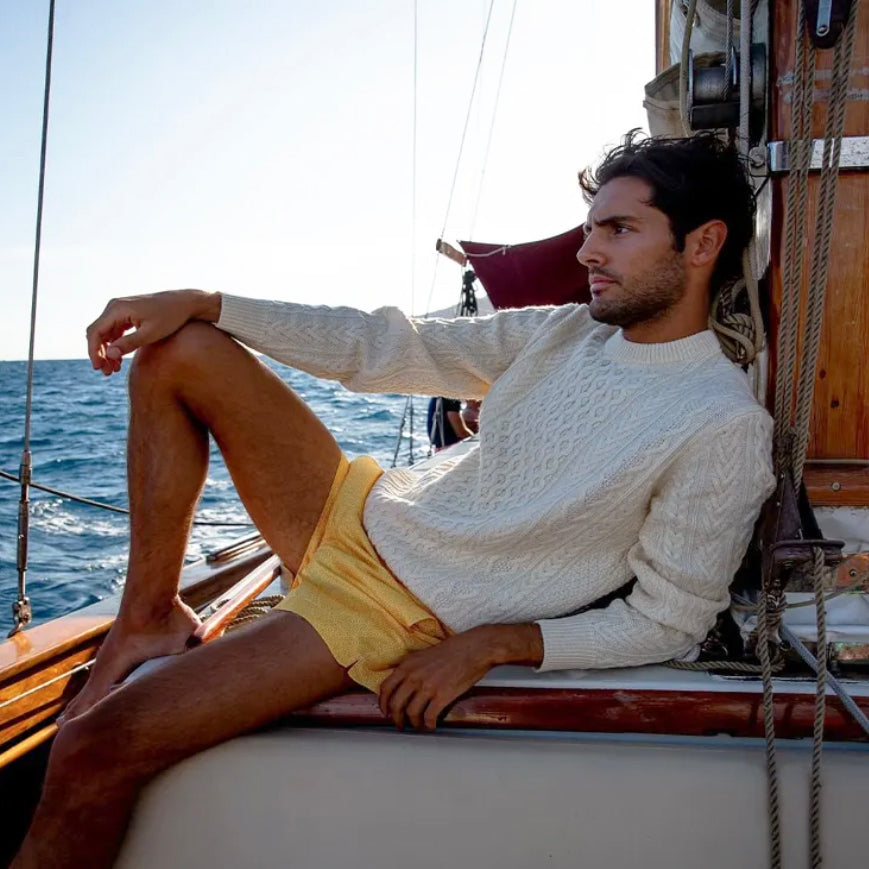In the range you’ll find all the essential exercise equipment you’ll need for a home workout, from gym rings and balance beams, to stretching bars. The difference is that FitWood’s products are not the kind of workout gear you’ll need to stow away. Instead, each piece is designed to form part of your existing home decor as a fixture, an accessory or a multi-purpose piece of design.
The LUOTO Climbing Arch for example, has multiple functions. It can be used to teach young children how to climb, but it can also be used as a rocker, a baby gym, a kid’s study or work table, a toy storage box, a side table or a structure to build a fort or hut for toddlers and infants. The LUOTO is one example of a piece of equipment that is designed to support active play and the development of motor skills, coordination, balance and strength, in a number of ways. Innovations such as these embody the trademark Scandi approach to design where ‘less is indeed so much more.’
From the beginning, the team behind FitWood united behind one clear objective – to enable active living without compromising on aesthetics and with the smallest carbon footprint possible. Sustainability therefore, is at the centre of how each product is designed. Practically, what this means for the team behind FitWood is that longevity is the most sought-after characteristic – the lifespan of each product is its most important feature.
As the brand’s name reflects, all FitWood hardware is made out of high-quality, European birch plywood – a sustainably sourced, natural material with an extremely durable, cross-laminated structure.
These are pieces of workout gear that can be passed down, swapped, traded, recycled and repurposed. And they’re designed with the conscious family in mind – people who share the FitWood vision of bringing environmental sensitivity to the world of fitness.
As Joel explains: “When it comes to sustainability, we think that no company can afford to ignore the environmental impact of their actions anymore. actions environmental impacts anymore. We need to start doing things differently if we want to ensure that our planet can continue to sustain life.
For FitWood that means bringing a new sense of awareness and care into our everyday routines and changing behaviour at the most fundamental level, which is the way we think about the products we use and consume.”
It’s a very simple sense of symbiosis that epitomises everything that FitWood represents – a sense that the best way to live is to ‘go with the flow,’ and to design and create spaces that are intuitively shaped by the call to become more in tune with our needs and how we meet them.
Exercise, sweat, train, endure – but make it part of what it means to live and to live beautifully.












